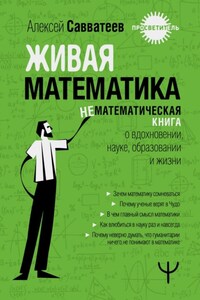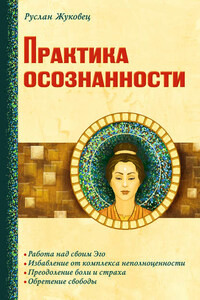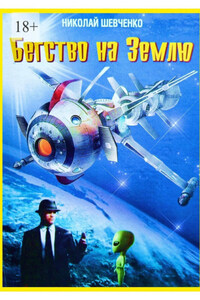Sometimes the past is nearer than you think. The other day, out of curiosity, I opened my grandmotherâs Bible, and there, printed alongside the opening verse of Genesis, was the date for the beginning of the world â 4004 BC. This came as a surprise. Not because I didnât know about the date â I did. It was devised by an Irish bishop called James Ussher in the early seventeenth century. No, what surprised me was that anyone should still be proclaiming this as fact as recently as the twentieth century. My grandmotherâs Bible was printed in 1901. Surely everyone knew by then that the world was far older than this?
I first came across Bishop Ussherâs date about fifteen years ago, in a couple of science books written in the 1920s but reprinted in the Thirties as those popular paperbacks you can still pick up for under a pound second-hand. When I went back recently and reread them, what struck me was how seriously they treated what I had regarded as a totally improbable date. Nobody in the twentieth century, I assumed, could really have believed that the world was created â as Ussher maintained â at 6 pm on Saturday 22 October 4004 BC. Yet the passion with which the authors of these books attacked the date gave the appearance of a controversy that, although no longer red-hot, was nevertheless still sizzling. H. G. Wells, writing in 1922, referred to the date as âthis fantastically precise misconceptionâ, based upon ârather arbitrary theological assumptionsâ. The English geneticist J. B. S. Haldane, writing around the same time, was characteristically more strident: âwe need not pay much attention to clergymen who protest their reverence for Scripture, and yet continue to use, or permit their flocks to use, bibles adorned with the conjectures of an Irish divineâ. Thereâs no sign here of the mild amusement with which we view Ussherâs date today. These words were the still-glowing embers of a once blazing debate â a debate that had been running since Ussherâs dates first appeared in the Bible in the late seventeenth century, and that, in another form, still rages today. At its heart is an inquiry of great significance to both religion and science â the search for the beginning of time.
When did the universe begin? It is one of the simplest, yet one of the most fundamental questions humanity can ask. For the quest to measure the span of the worldâs existence is more than just an academic pursuit for an abstract figure; it is the point where science and belief merge or clash fatally. Once Ussherâs date for the age of the world had been fixed in the pages of the Bible, and science had embarked on its relentless journey of inquiry, then, like a supertanker heading for a reef, collision was inevitable.
Like the famous debate over whether or not the Earth revolved around the sun, the search for the age of the universe was a search for truth. But in this case, the truth took longer to grasp. To begin with, the belief in a short-lived world was so deeply rooted that many of the earliest natural philosophers assumed their studies would confirm the biblical account â the truths of Scripture and the truths of nature, they believed, were one and the same. Only gradually did it become apparent that the world was far older than the Bible said it was. But even after they had accepted this, philosophers struggled to overcome their own preconceived ideas. As they pushed back the frontiers of time they became aware, with growing horror, of its awesome scale. The comforting spans of human experience were eclipsed by ages so enormous that the numbers themselves became inconceivable. Who could imagine a million years, let alone a billion? For some who peered into this abyss, the enormity of what they saw was too startling to reveal to the world; for others â those prepared to publish their results â the conclusions were often too astonishing for the world to comprehend.
As the search broadened from the close reality of the rocks beneath our feet to the distant arena of space above our heads, the evidence itself grew more remote, less graspable. A search that had begun with observations anyone could make relied, by the middle of the twentieth century, on observations of phenomena so small, or again so big, that they were invisible to the population as a whole. The closer science approached the âtruthâ, the more remote and intangible it became.
When Wells and Haldane attacked Ussherâs date in the 1920s, they knew that the universe was much older than the Bible said it was, but they were unable to put a figure on its age. In the last few years, however, science has taken a giant step towards solving this long-running mystery. New and more powerful telescopes, combined with the rapid processing power of modern computers, have enabled astronomers to make measurements that not so long ago they could only dream of. In 1998, for the first time, scientists obtained measurements of all the parameters required to find the universeâs age. The search, it seems, may have reached its end.








